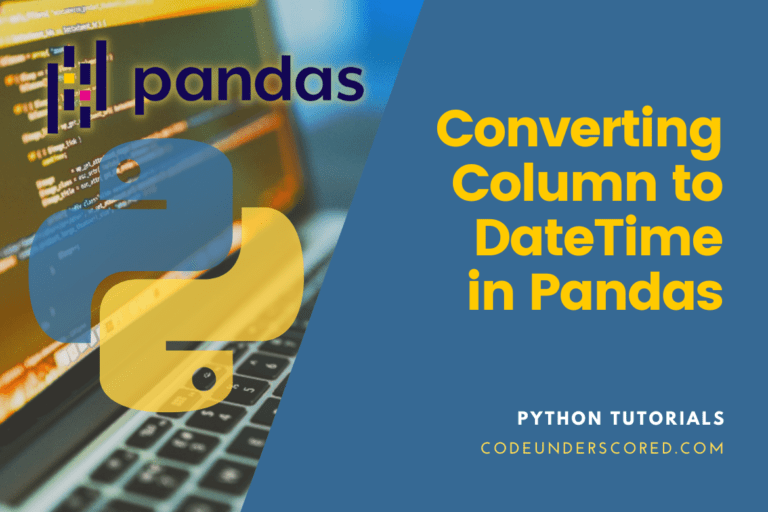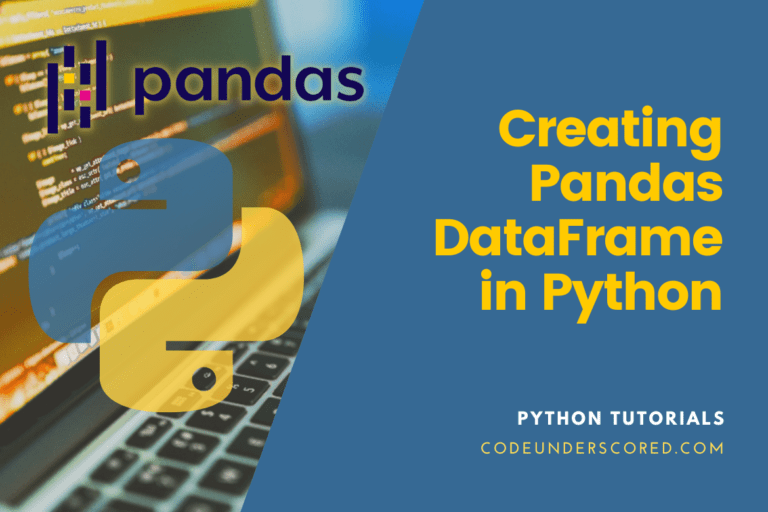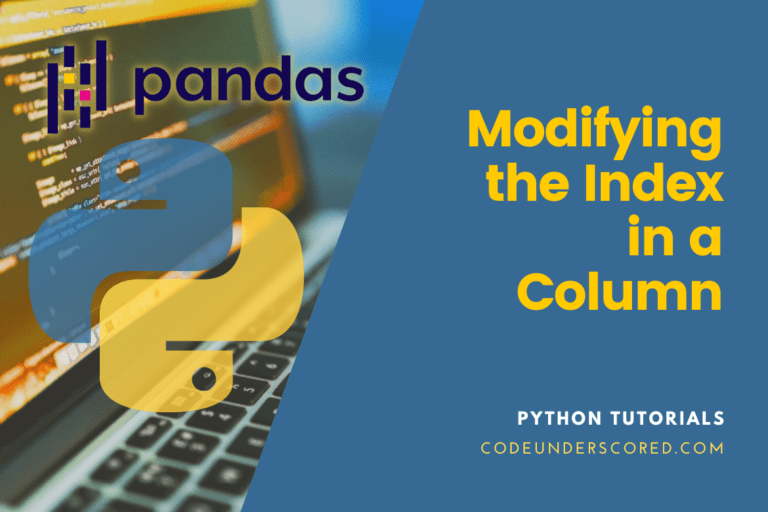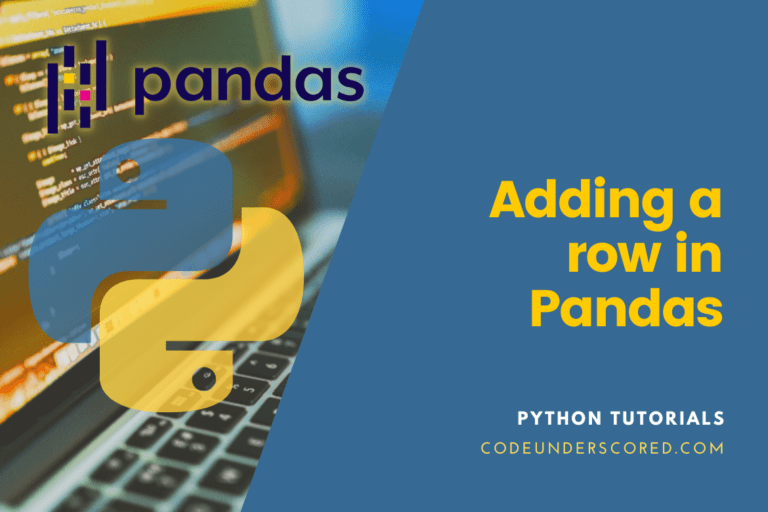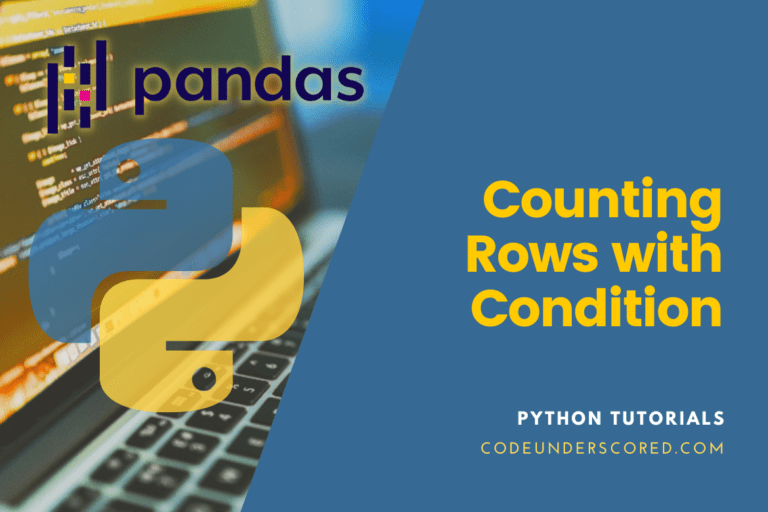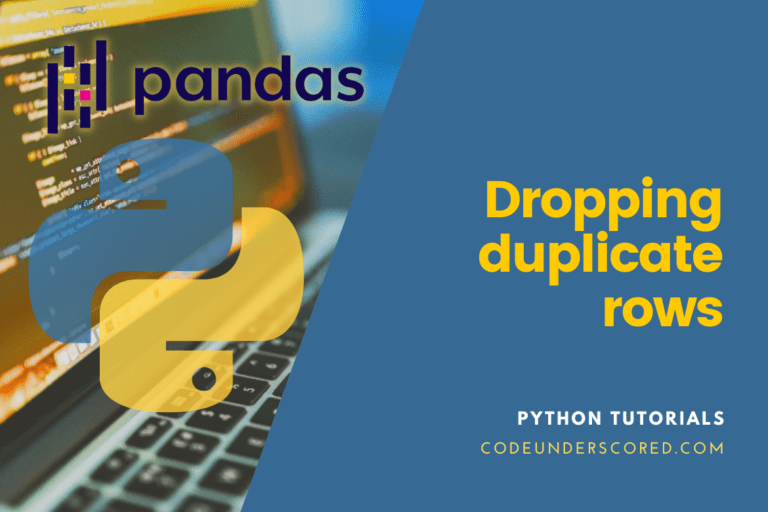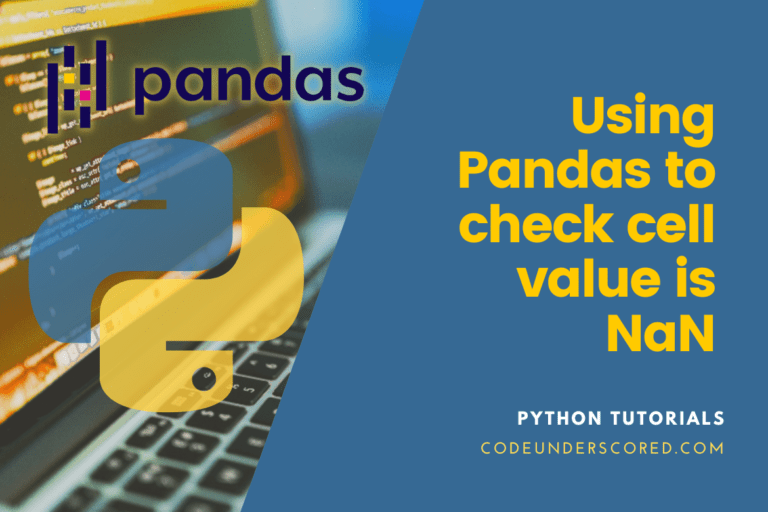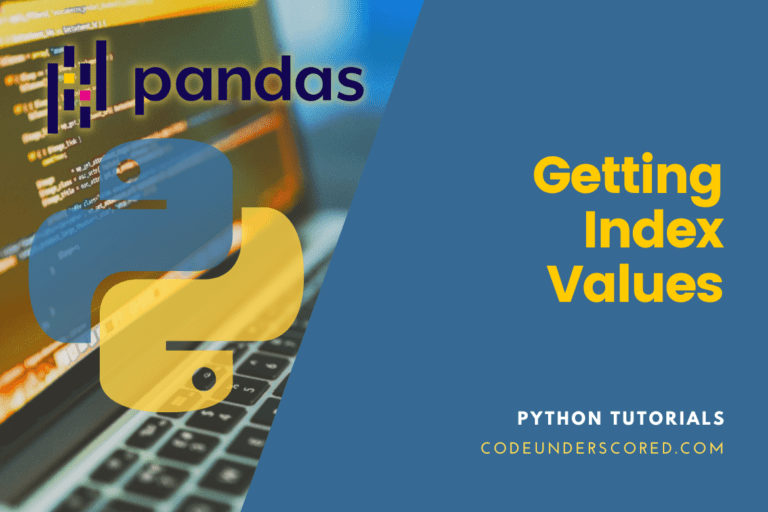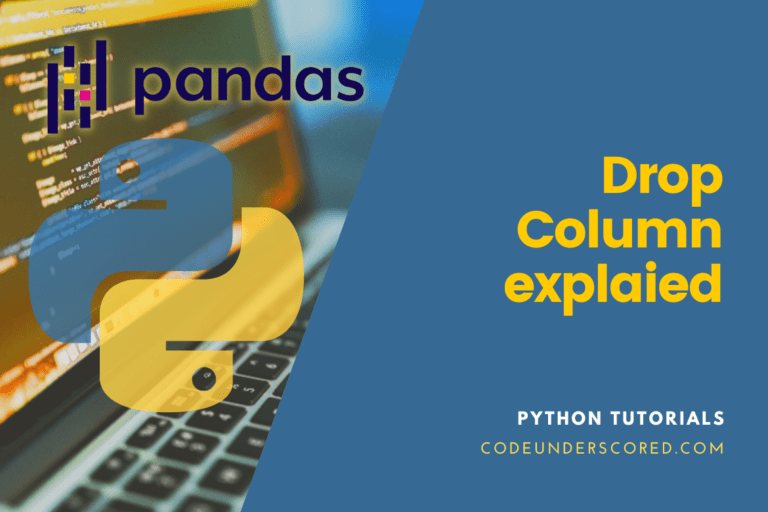How to convert Column to DateTime in Pandas
Time series data are frequently encountered when working with data in Pandas, and we are aware that Pandas is an excellent tool for working with time-series data in Python. Using the to_datetime() and astype() functions in Pandas, you can convert a column (of a text, object, or integer type) to a datetime. Furthermore, if you’re reading data from an external source like CSV or Excel, you can specify the data type (for instance, datetime).

